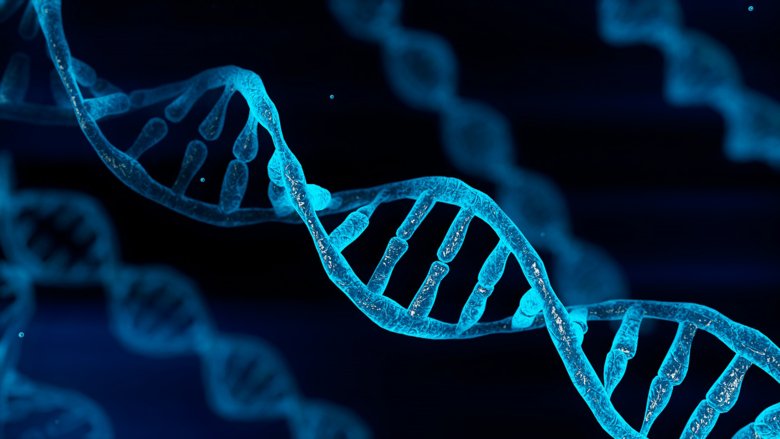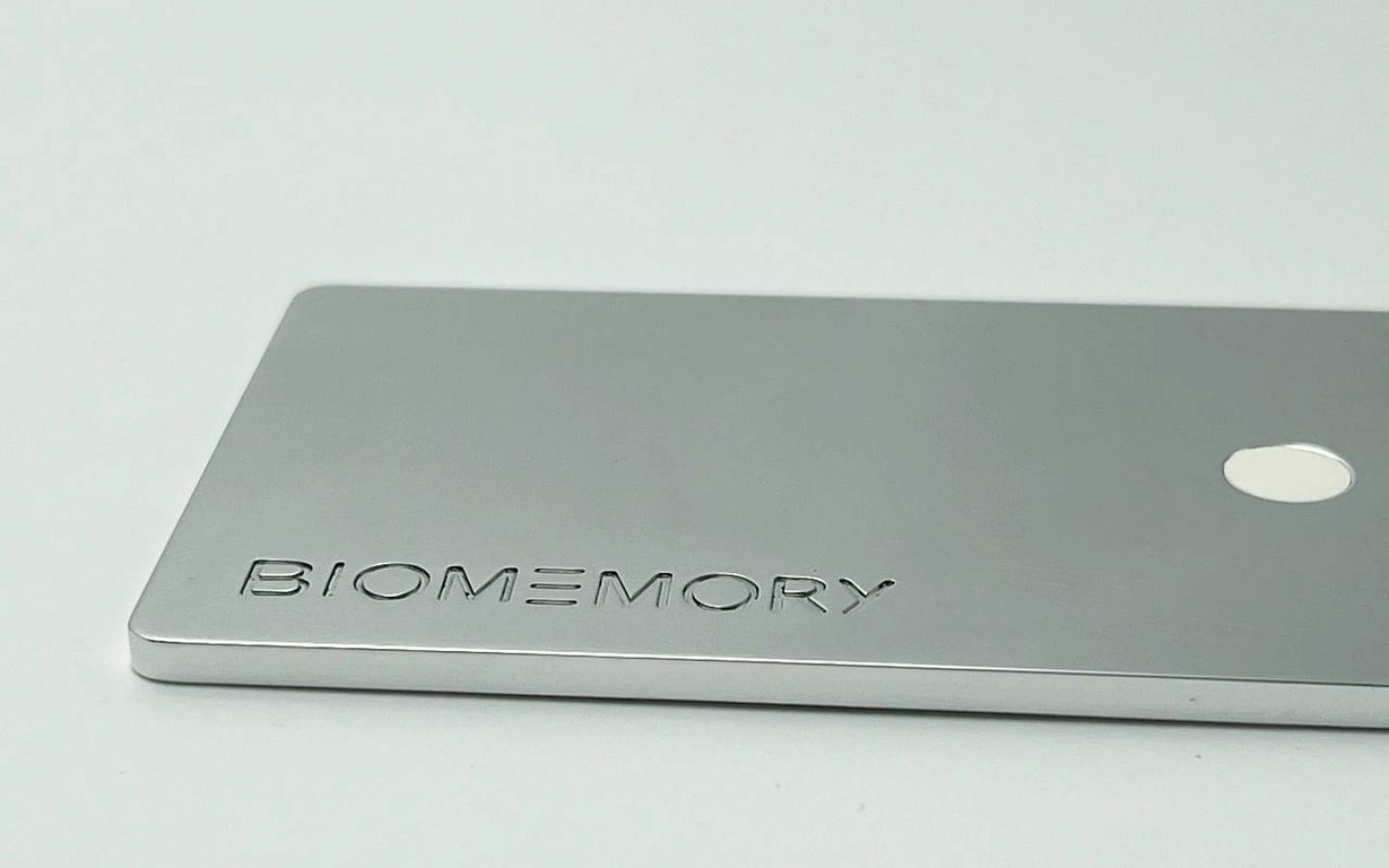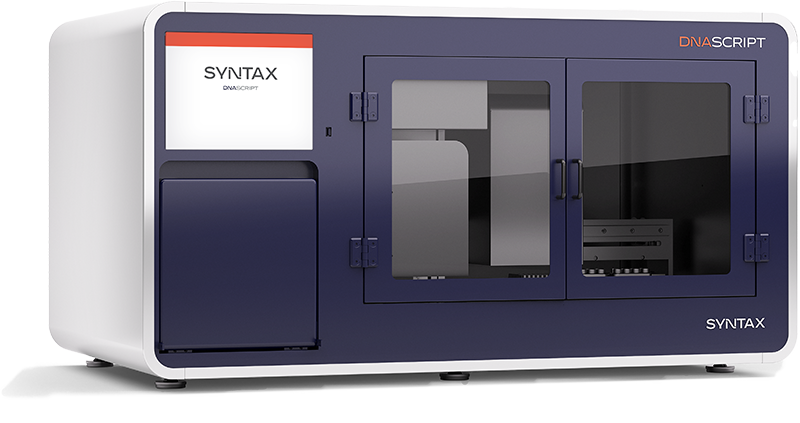

This week I've been testing a weird Asus RTX 4060 Ti: One with a built in SSD slot! I've also been gaming on a BenQ 240Hz Fast TN esport monitor. It's a tough job but someone's got to do it.
We live in a world chock full of data. According to estimates from IDC, the total amount of storage worldwide is estimated to reach 16 zettabytes by next year. That's 16 billion terabytes! And that's just actual storage that doesn't account for much much higher amounts of temporary, cached, or overwritten data. That could reach as high as 181 zettabytes. So yeah, more than a few 3.5-inch floppies.
Obviously, that means there's a need for a lot of devices to store it all. Those devices are typically made up of hard drives, solid state drives, or even tape drives. Such solutions are becoming inefficient in terms of power usage, heat generation, and physical size, however, so a new solution is needed. And one of the more promising ones in the pipeline is not electronic, but biological. I'm talking about DNA based storage.
DNA storage is the process of storing traditional binary data inside synthesized strands of DNA. Put simply, it's possible to convert binary data into the cytosine (C), guanine (G), adenine (A) or thymine (T) nucleotides.
Storing data in DNA has several advantages. Firstly, DNA is very stable. If stored properly, it could last for millions, if not billions of years. That's a lot longer than your typical mechanical hard drive which you might expect to last for five to ten years or so before it needs to be replaced. DNA itself has been around for billions of years, so it's not the kind of thing that will go obsolete, either.
Just one gram of DNA has the potential to store hundreds of thousands of terabytes
It's also extremely dense and compact. Just one gram of DNA has the potential to store hundreds of thousands of terabytes. Now I haven't done the math, but I'd imagine that would give us the ability to shrink the storage capacity of every data center in the world down to a fraction of a fraction of its current size.
Longevity and physical footprint are two reasons that make DNA storage an attractive solution, but there are two major technical challenges to overcome. Current DNA storage demonstration methods involve chemical synthesizing, which is inefficient. There will need to be some kind of semiconductor that can read and write enzymes.
The other major issue is read and write speeds. A 2018 demonstration by Microsoft researchers was able to fully automate the process by converting data into fabricated DNA and back again, but it could only do so at five bytes per second. Obviously DNA write speeds need to increase by many orders of magnitude before it can even hope to compete with current storage solutions. Not just on a performance basis, but a cost one too. If a hypothetical DNA drive is to become viable, it will need to be able to write data in the range of gigabits per second.
DNA storage is not a new concept. It was first theorized as far back as 1959 by American physicist Richard Feynman, but it took decades before DNA storage was actually demonstrated. In 1988, scientists encoded a picture into a DNA sequence in E.Coli bacteria. Further experiments increased the amount of encoded data, up to the point that in June 2019, scientists encoded all 16GB of Wikipedia data into synthetic DNA. This data was written at 18Mbps. That's a rather dramatic improvement right there.
One of the more famous examples of a DNA storage demonstration took place at the 2015 World Economic Forum. The co-author of a 2013 paper on DNA storage handed out tubes of DNA that included the private key of one bitcoin. The first to decode the DNA would win the coin.
It took three years, but the challenge was completed when Sander Wuyts, a Belgian PhD student, accessed the key. They summed up their methods in a blog post titled From DNA to Bitcoin.

If all this sounds exotic or far fetched, it could be closer than you think. A French startup company called Biomemory has developed a somewhat usable DNA storage card. It's a credit card sized device that can store a kilobyte of text. Okay, that's a pitiful amount of storage, and it costs $1000, but it serves as a demonstration of semi-practicality. If you want to access the data, you have to send it back to the company to access the data.
That's a lot of effort and cost to go through to store a single kilobyte, and I'm not sure I'd want to hand off bitcoin wallet keys—let alone nuclear launch codes to random folks in a lab for extraction.
Biomemory's solution still marks an important step on the road to truly practical DNA storage solutions. It plans to release the Biomemory Prime in 2026, which it says is a solution capable of storing 100 petabytes. That's impressive. Optimistic, but impressive.

This goes back to my comment that there needs to be some kind of semiconductor to read and write to DNA if it is to ever become practical. One of the first challenges is to improve the synthesis of DNA. A DNA drive is not much use without… DNA! That's an area of research, and it's promising to note that this research isn't just being done by scientists in laboratories, but by engineers too.
DNA Script is one company that's built a commercially available automatic DNA synthesis device. It doesn't rely on toxic chemical reagents that are commonly used for DNA synthesis. Of course it's one thing to build a DNA synthesis machine, but integrating it into a system with automated read and write capabilities, at scale and efficiently is something that may take decades to realize. That's even if it happens at all. Some other long-term cost effective storage technology may come along that makes DNA storage moot.
But one step at a time. The first mechanical hard drive was released in 1956. The IBM 350 was the size of a large wardrobe and stored 3.75MB. Look how far the humble HDD has come in the decades since.
As the world hurtles towards the yottabyte era, the solution might not be technological, so much as biological.
When starting to write this article, I had a niggling thought that some in the wider community might have ethical or moral objections to tinkering with DNA. But by itself DNA is just a polymer, so having looked into the progress so far I can't imagine there being any informed opposition to this kind of technology. Not opposed to genetic engineering which involves actually messing around with the real DNA of living organisms. DNA might be a building block of life, but it's not life. I'll leave that to the philosophers to debate over a cognac.
It's becoming apparent that something needs to be done to satiate the voracious appetite for global data storage, and done fast. It's easy enough to just build new data centers packed with various drives, but that's not practical or viable in the longer term. DNA could well be the answer, especially if the field is given the attention and funding it requires. The challenges are many, but not insurmountable.
As the world hurtles towards the yottabyte era, the solution might not be technological, so much as biological.






